Mikado Little Tokyo
The Mikado Little Tokyo today via
I ended up at the Mikado Little Tokyo after being told by my former boss that I needed to find a cheaper place to stay than the hotel where our organization had a group rate. I came across it a few times on AirBnB before I realized that the entire building was full of the identical microsuites available to rent. The Mikado has stood through over a century of change, representative of Little Tokyo has a whole. Over the years, the hotel has seen E. First Street transform from a hub of single, male, Japanese laborers to a thriving community of Japanese American families to an African American enclave to a historic landmark.
Little Tokyo Historic District was once the largest Japanese community in the United States. Up until the 1880’s, most Asian immigrants to the United States were Chinese. Though Chinese laborers helped build the railroads and support the US economy, they were faced with extreme racism that culminated in the Chinese Exclusion Act of 1882, which barred Chinese workers from moving to America. Without their steady stream of Chinese workers, American businesses were forced to find another labor source; Japan became their new target.
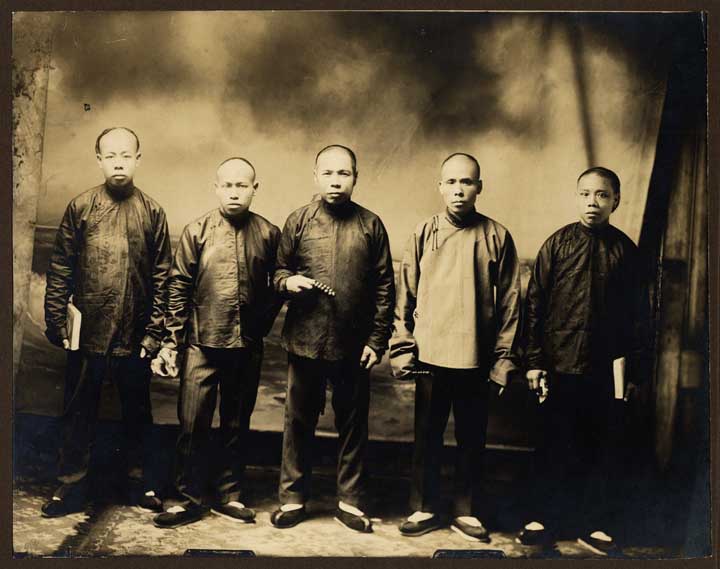
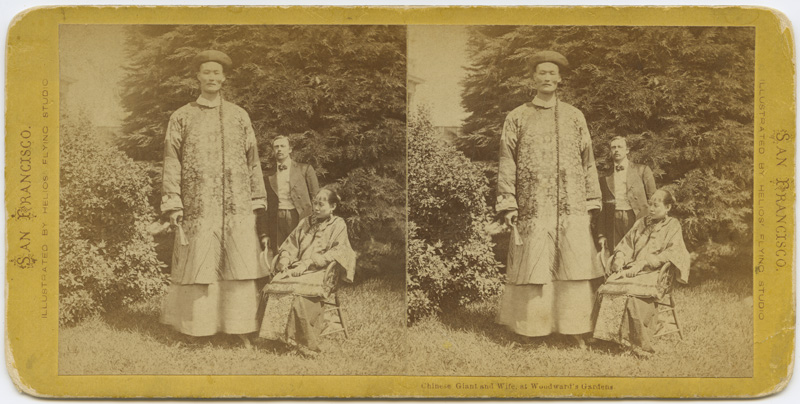
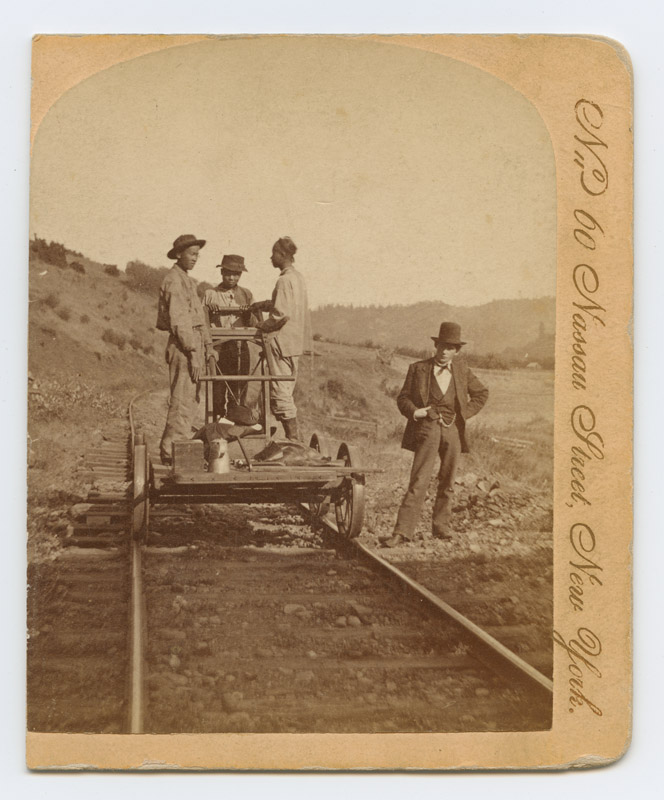


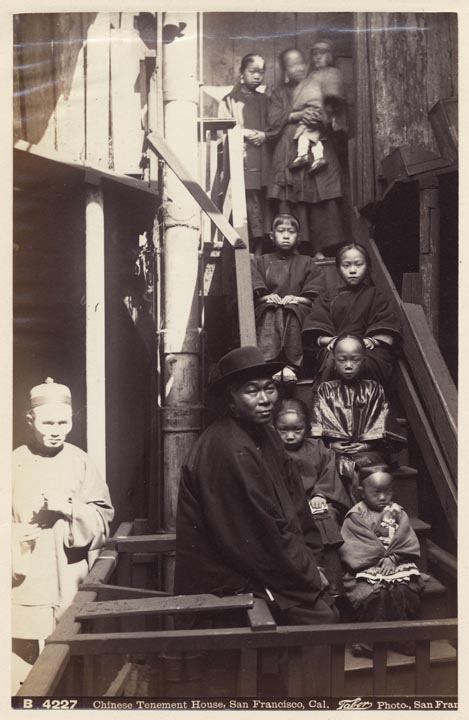
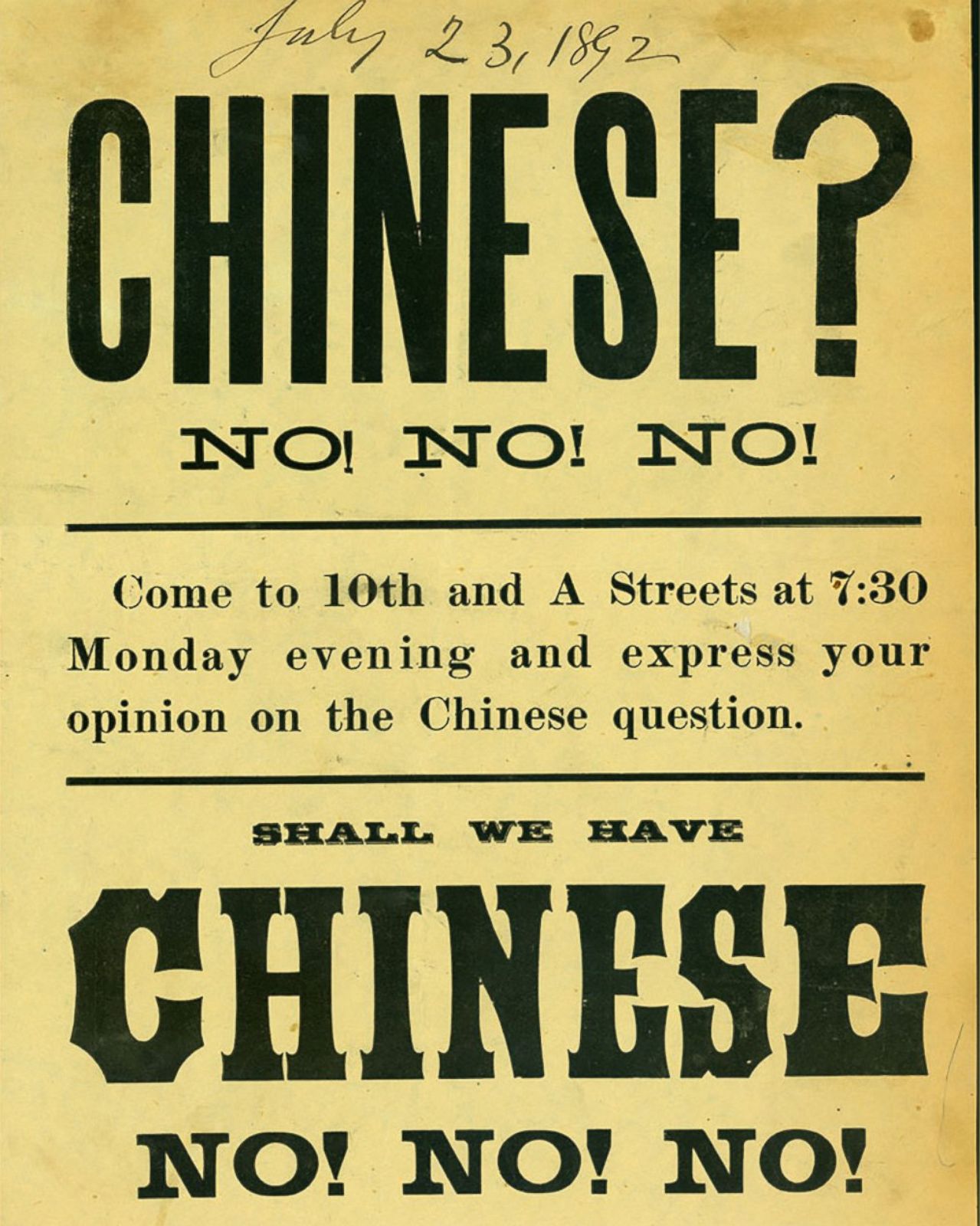
From the 1880s on, Japanese immigrants started making their way to the US. In 1885, former sailor Hamanosuke “Charles Hama” Shigeta opened Kame Restaurant on E. First Street. In the coming years, Japanese immigrants concentrated around E. First Street in boarding houses, many of whom were single men who came to work in agriculture. By the end of the century, Little Tokyo’s centrality to the Japanese community was cemented.
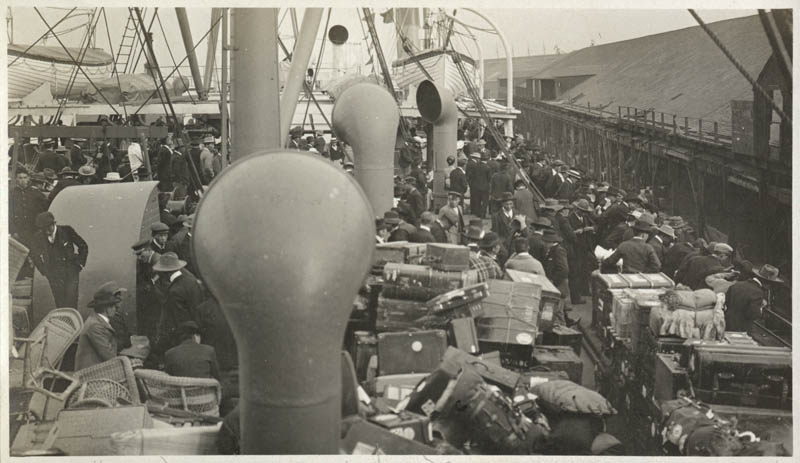
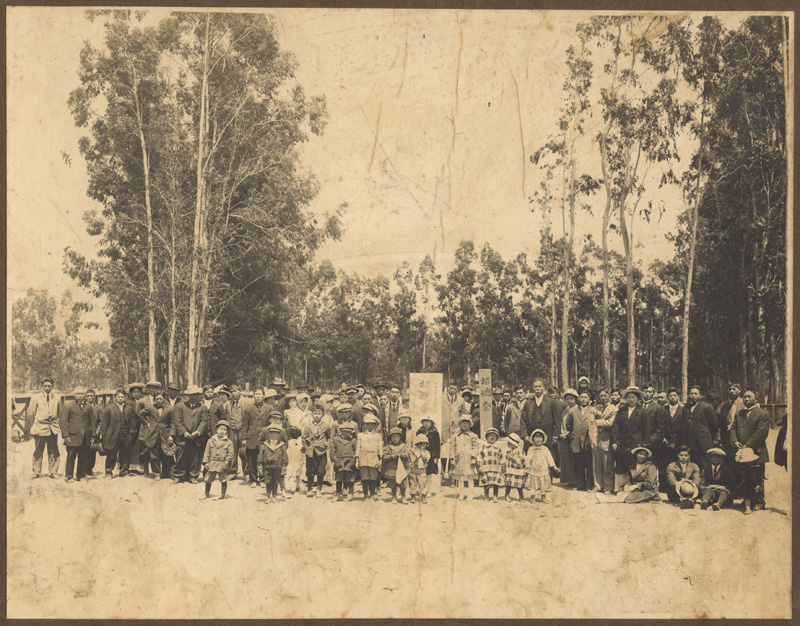
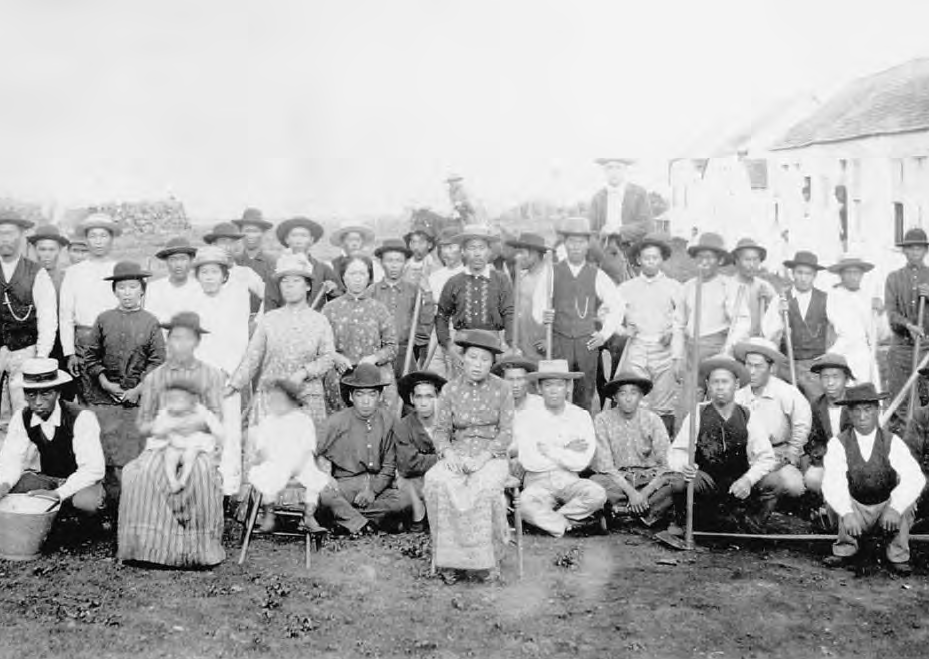
The racism that eventually kept the Chinese out of America quickly shifted over to the Japanese. West Coast farming organizations argued that successful Japanese farmers were hurting their ability to make a living, and lobbied politicians to do something about Japanese immigration. In 1907, a “Gentleman’s Agreement” between the US and Japan denied passport to Japanese laborers, permitting only the immigration of students, business people, and the spouses of Japanese already in the country.
After the 1906 San Francisco Earthquake, many Japanese in San Francisco moved south the LA, LIttle Tokyo’s population more than tripled. With the Gentleman’s Agreement the next year, more Japanese women made their way over to America, either to join their husbands who had stayed longer than planned, or as new brides picked out by lonely laborers. As Japanese families grew, Little Tokyo established itself as a stable commercial district spread over three square miles-- the largest and fastest-growing Japanese community in the United States between 1920 and 1940.
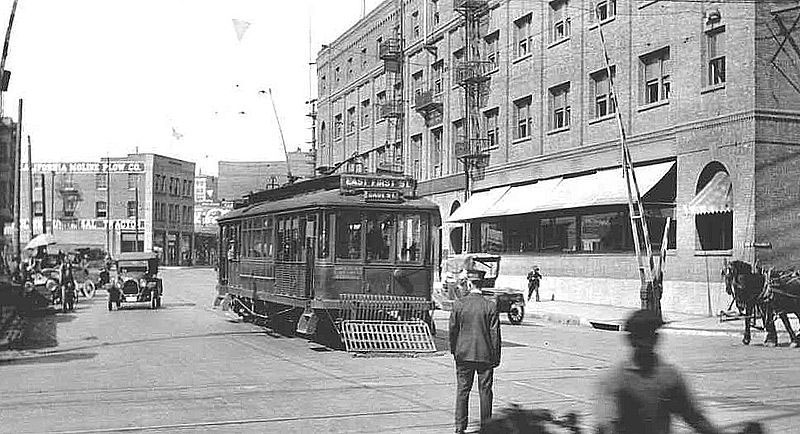
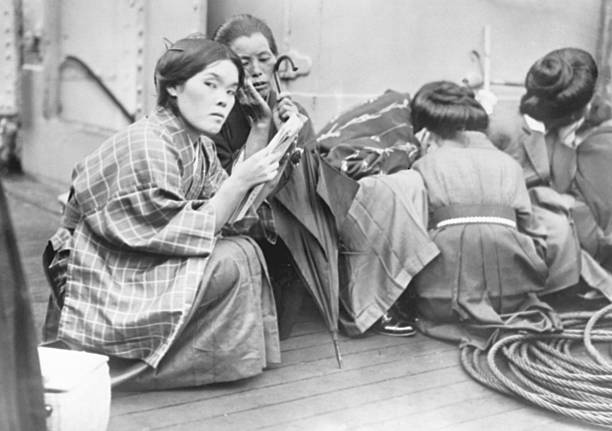
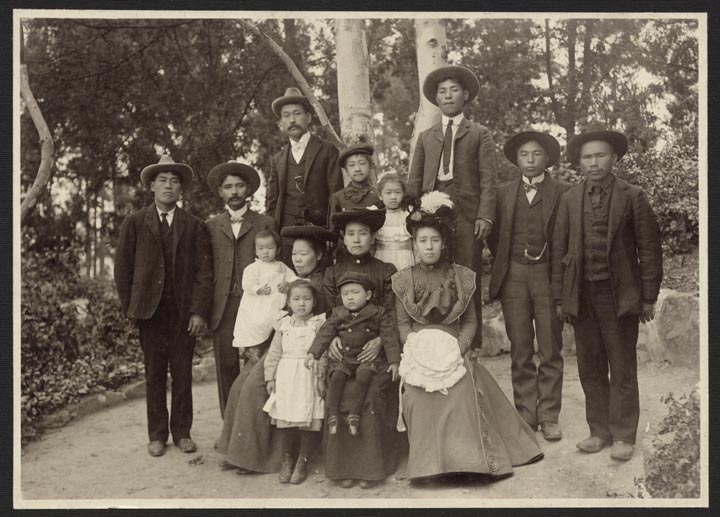

The Mikado Hotel was built in 1914 and designed by Alfred F. Priest, whose work consisted of a local high school auditorium, single-family houses, a theater, and a railway depot all in greater-LA. The upper floors housed the hotel, where small rooms were situated around shared bathrooms; the ground floor was home to the N. Kimura Restaurant, the Kurahara Clinic, Nisei Grill, Seno Photo Supply, and a dentist’s office.
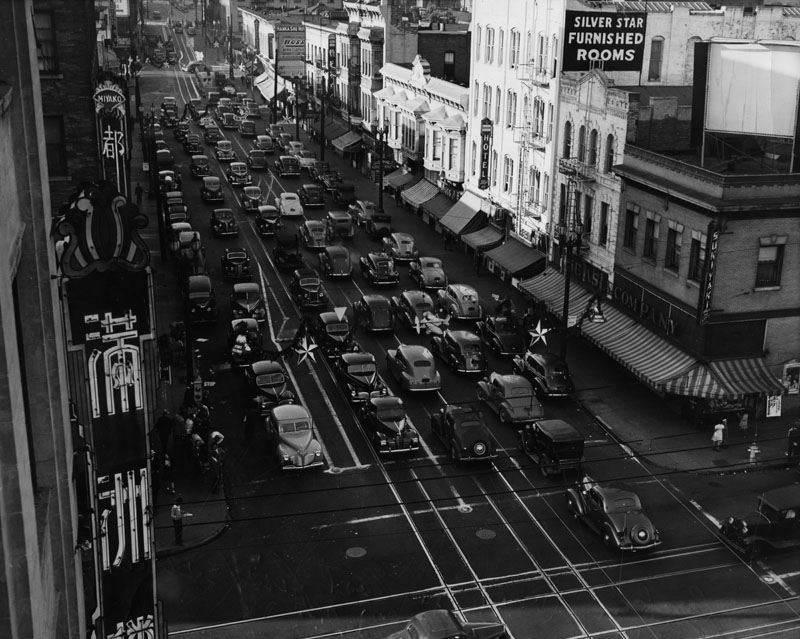
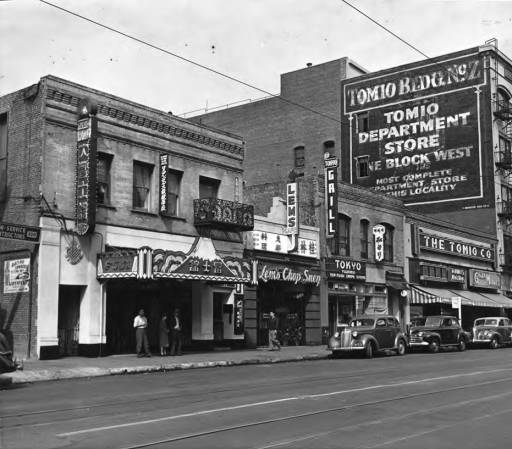
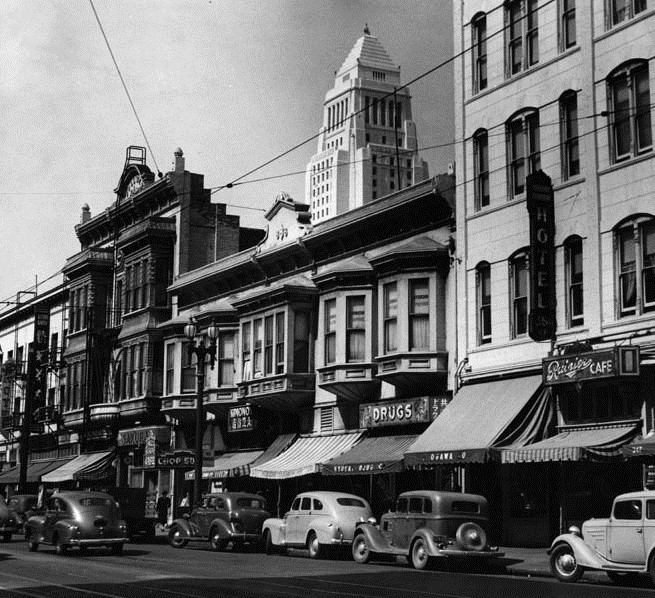

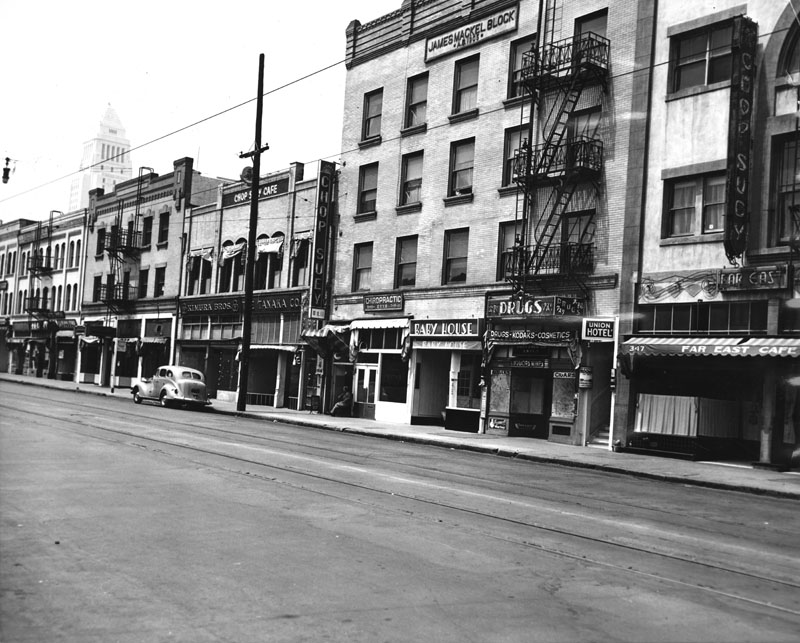
The prosperity of Little Tokyo and similar Japanese communities up and down the West Coast stopped abruptly after the bombing of Pearl Harbor on December 7, 1941. Within weeks, President Roosevelt signed Executive Order 9066, which required the forced removal and incarceration of more than 120,000 Japanese and Japanese-Americans from the West Coast, encouraged by the racism and greed of West Coast farmers, businessmen, and politicians who had spent decades fighting Asian immigration.
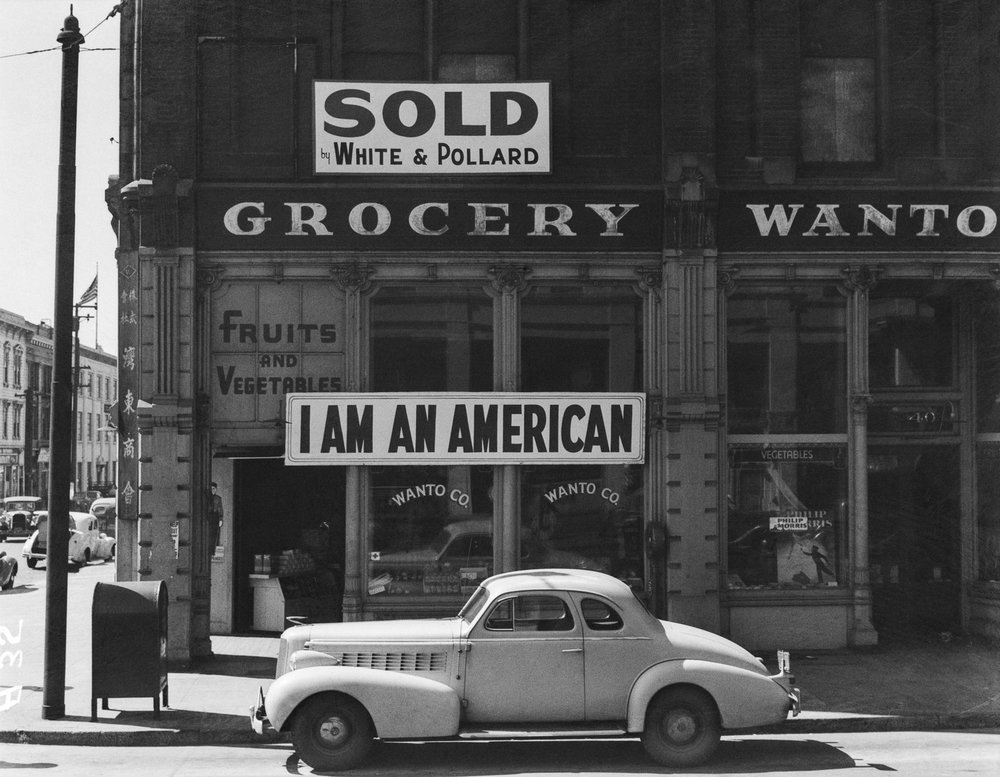
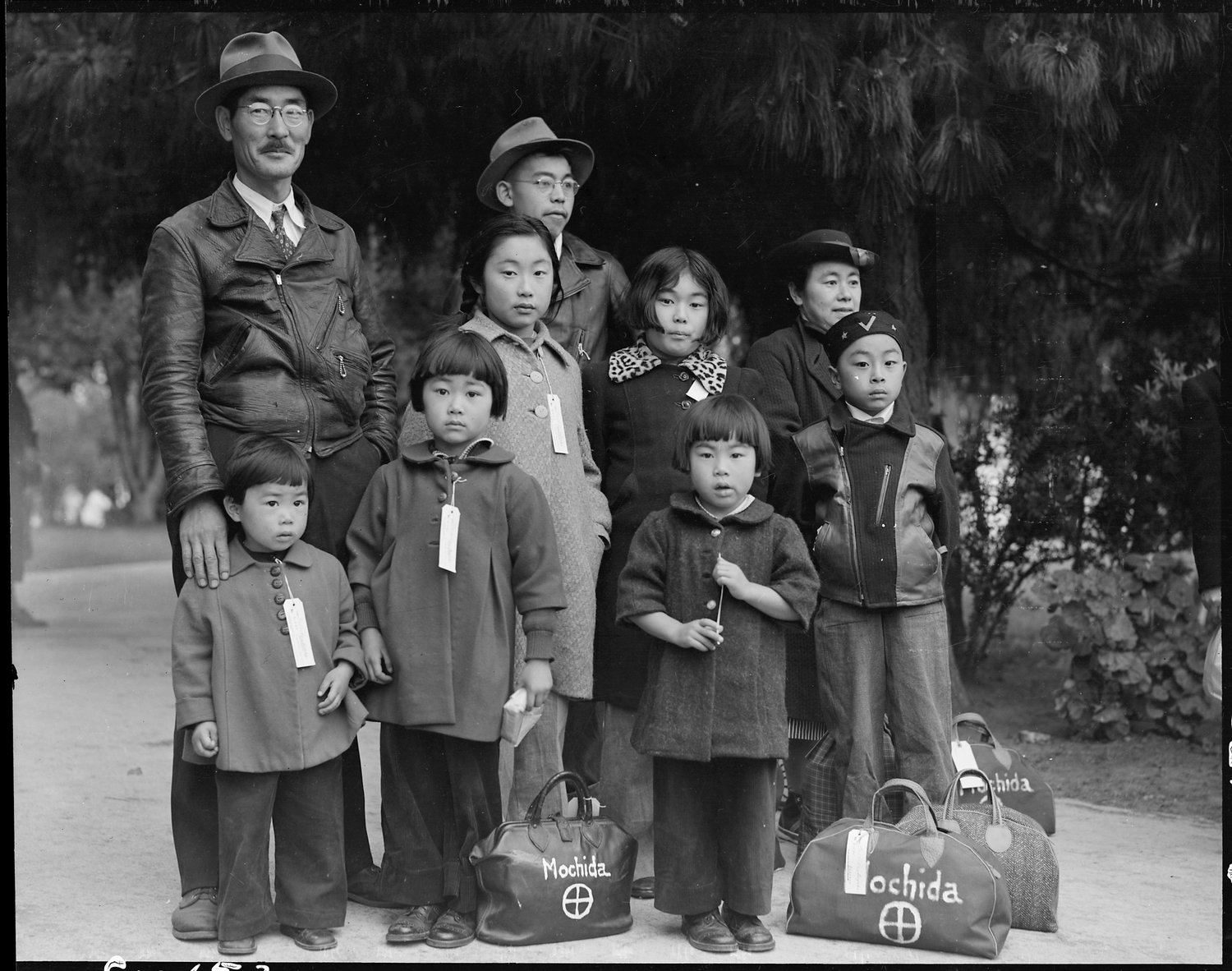
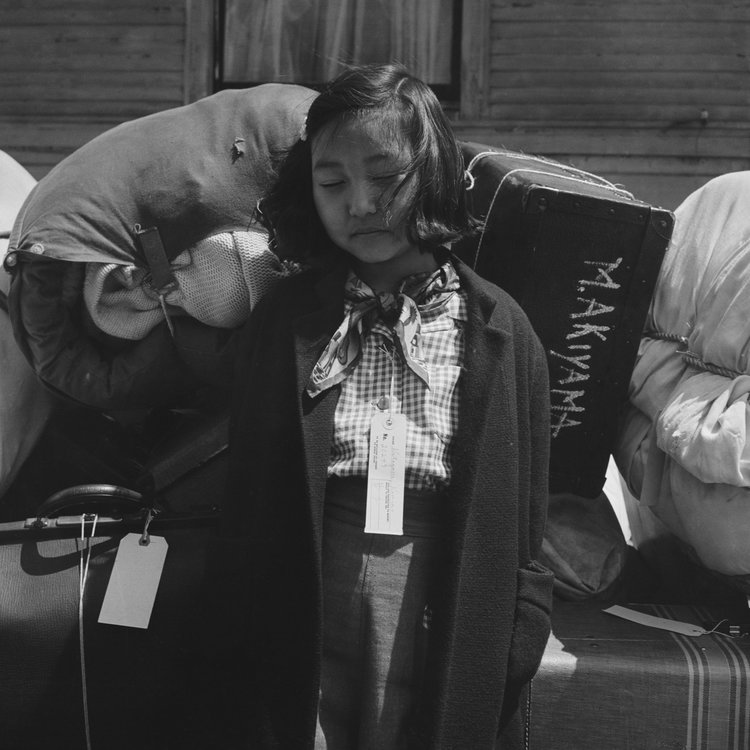
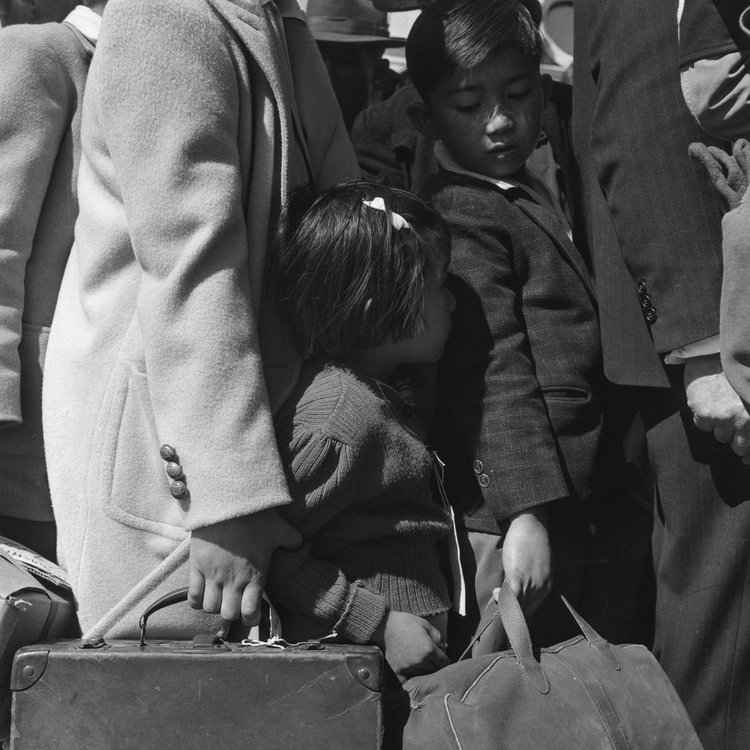
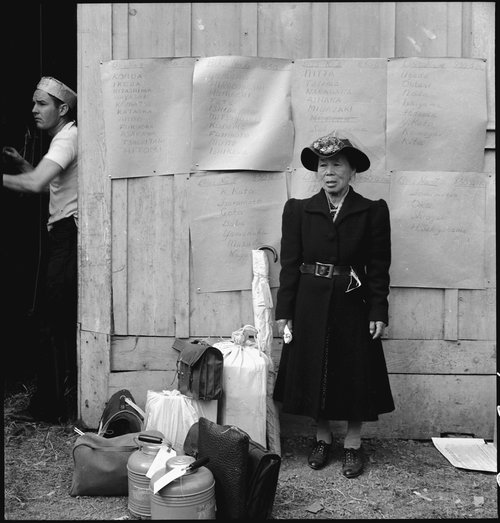
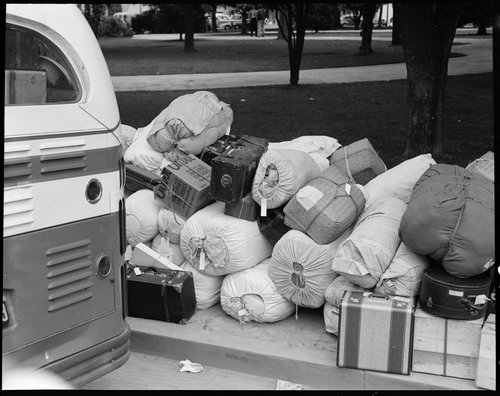
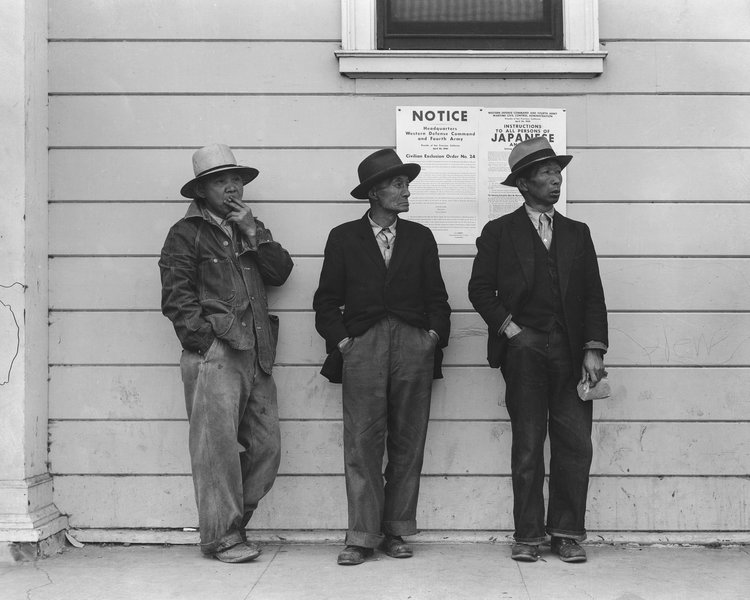
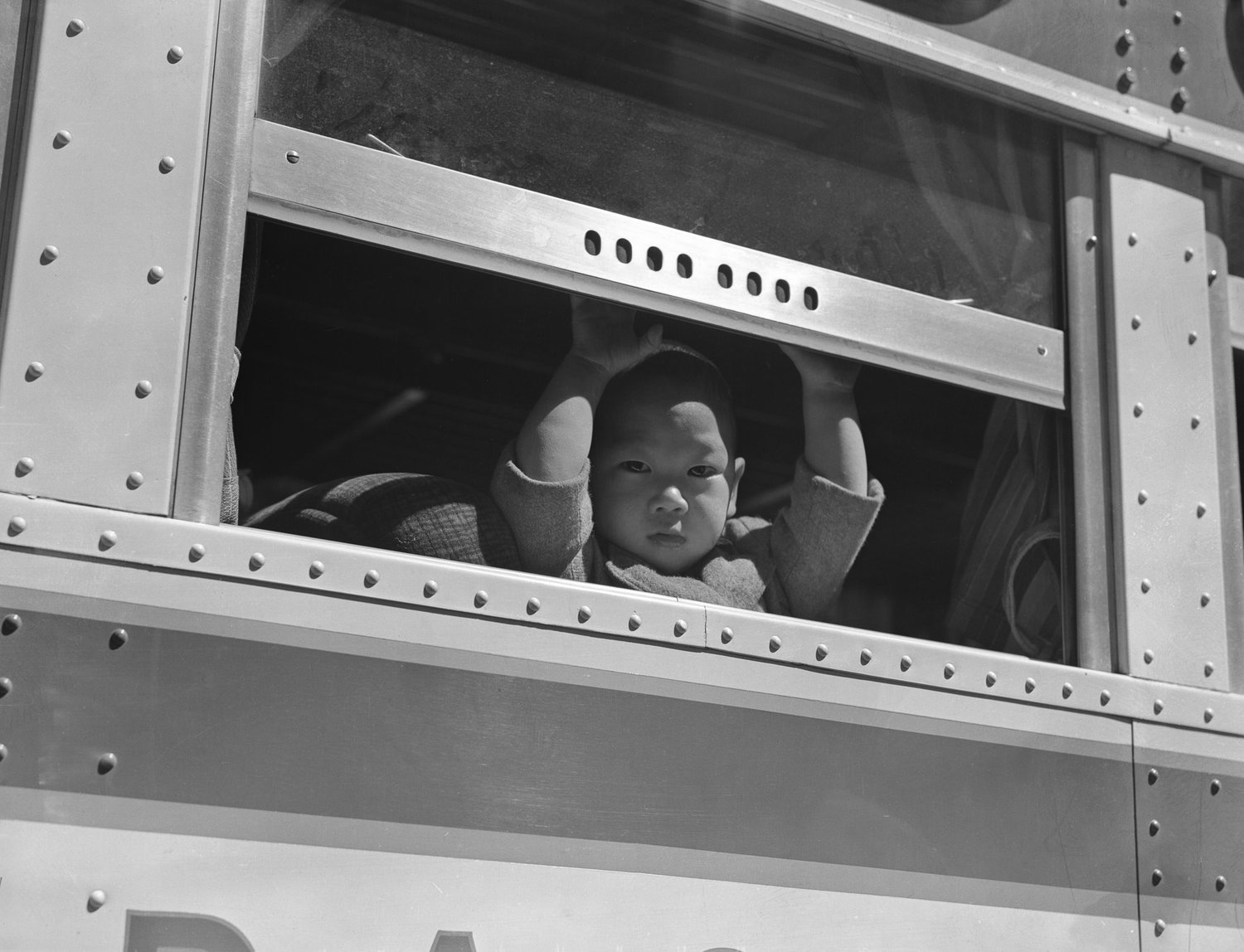

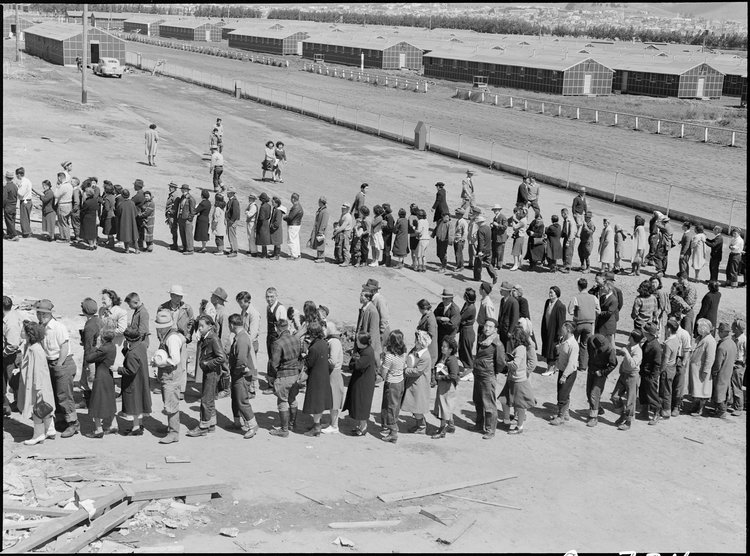

During World War II, African Americans came to Los Angeles from the South to fill jobs during the labor shortage as young men went off to war. The city’s black community neighbored Little Tokyo and centered around Central Avenue. Quickly, overcrowding forced the black community to expand into abandoned Little Tokyo, where building owners were eager to rent out spaces lost when their Japanese tenants were “evacuated”. Little Tokyo became Bronzeville, a thriving African American enclave of 80,000 with an active nightlife, shops, homes, and restaurants. The Mikado became the Shreveport Hotel; its ground floor houses a popular soul food restaurant.
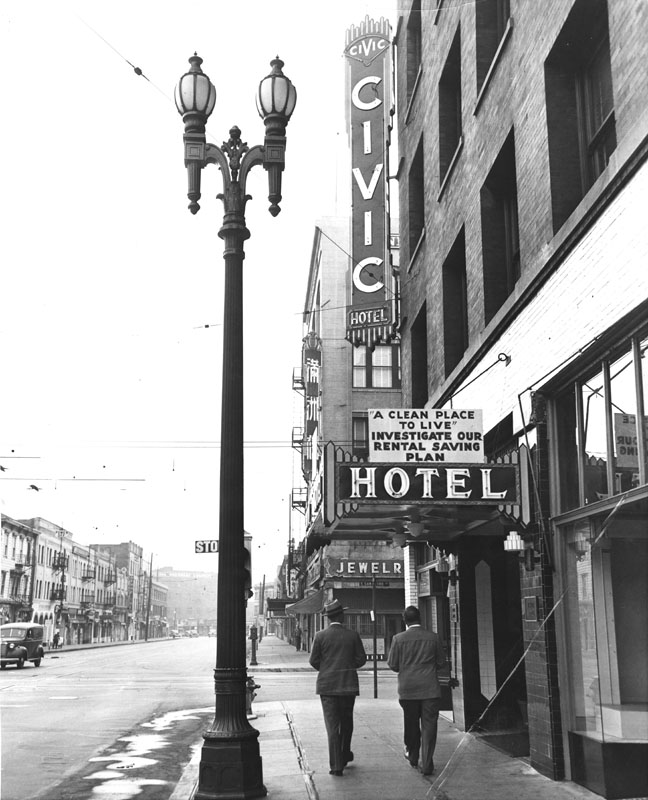
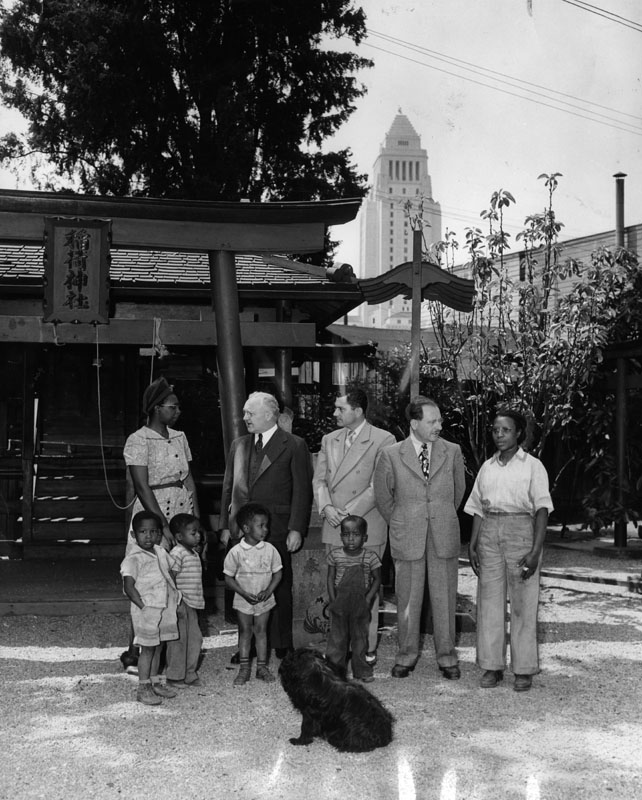
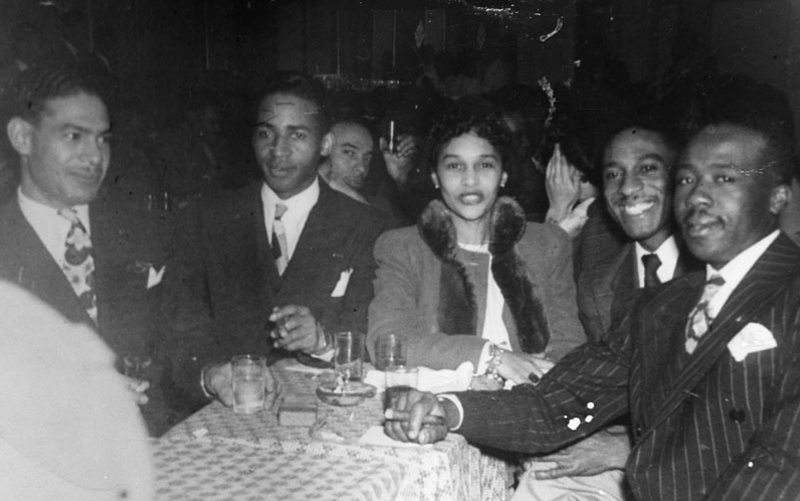
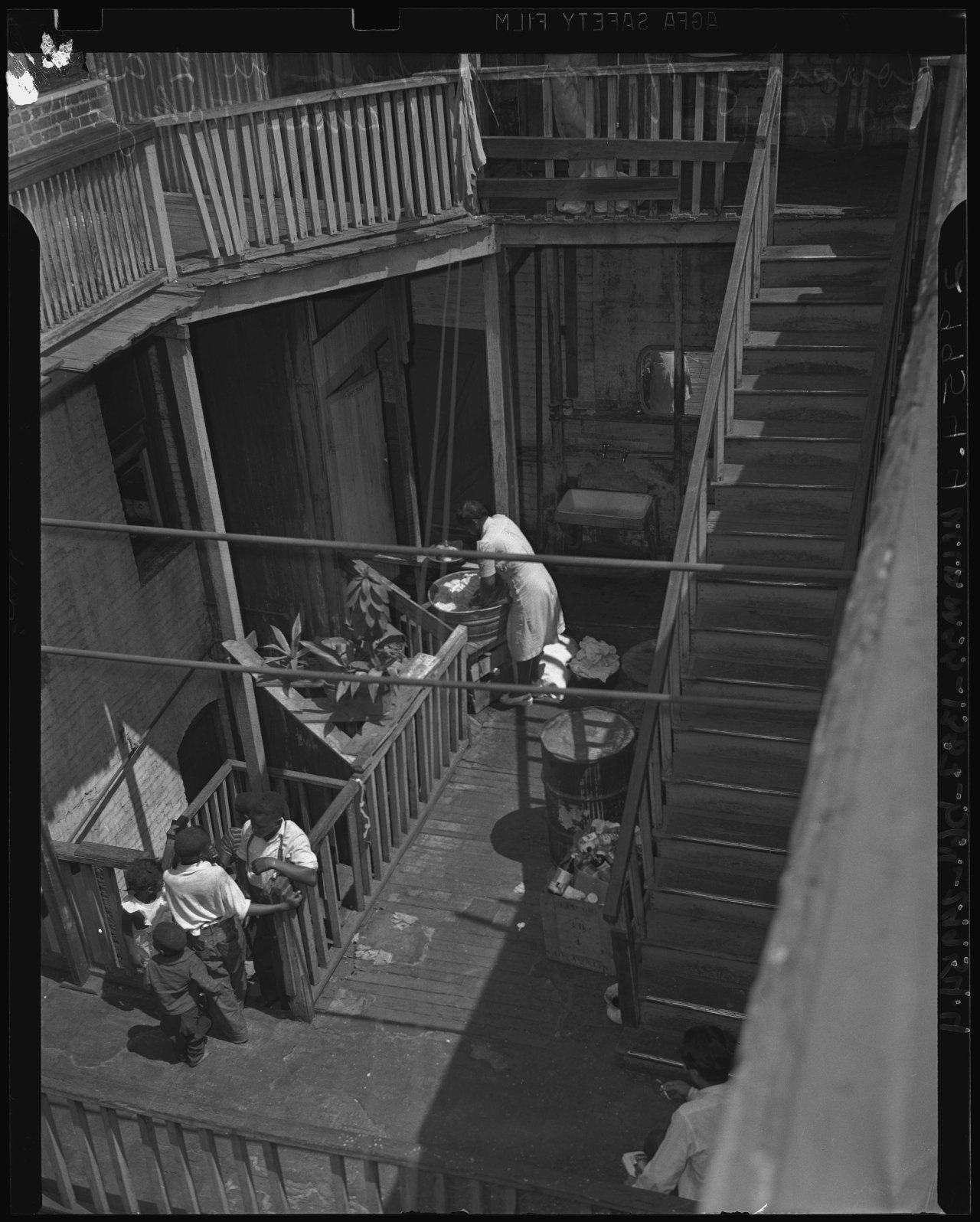

After the war, the industries that supported the black community shut down, putting many out of work. At the same time, former residents of Little Tokyo returned home after three years in concentration camps. While much of Bronzeville moved away, the transition was mostly smooth; Bronzeville businesses hired Japanese workers, and vice-versa. The Japanese community was reduced to just a third of its pre-war size, as many Japanese-American families moved to the LA suburbs instead of downtown. The physical size of Little Tokyo was further reduced by construction of the LAPD headquarters in the 1950s and urban renewal projects in the 1960s and ‘70s.





The Mikado lay vacant for more than 30 years before it was bought in 2014 and renovated over the following three years. The facade, with its glazed white tiles, has been restored to its 1932, pre-war glory.
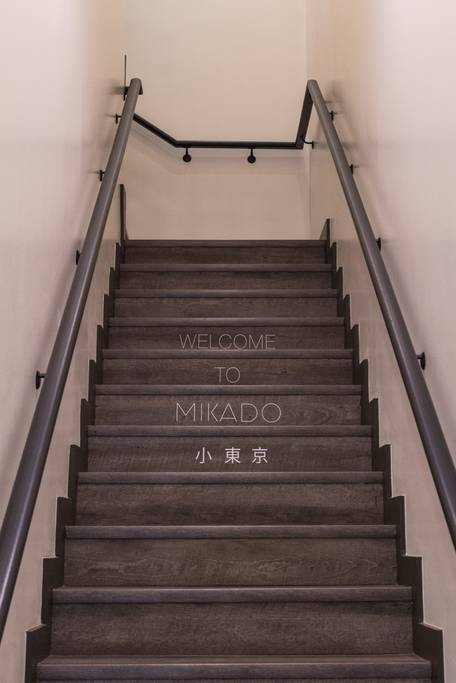
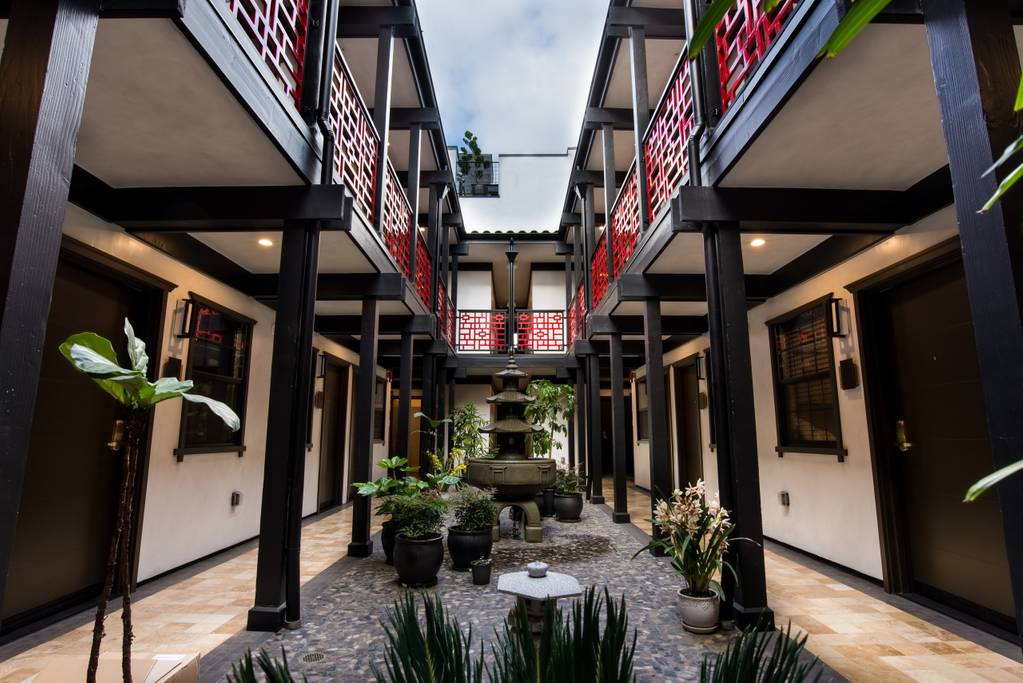

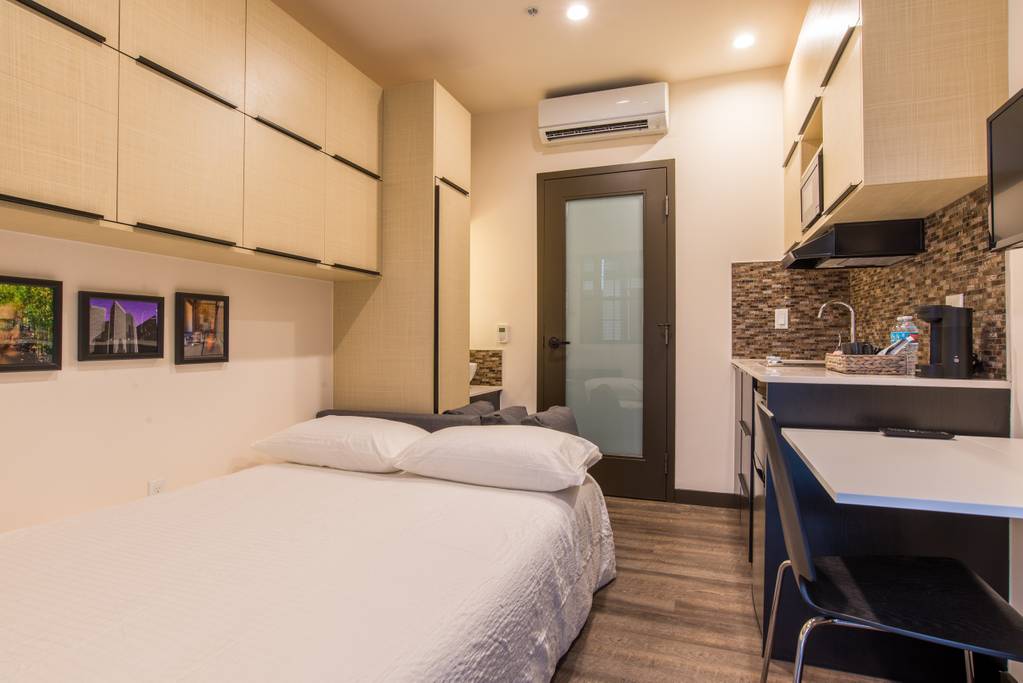
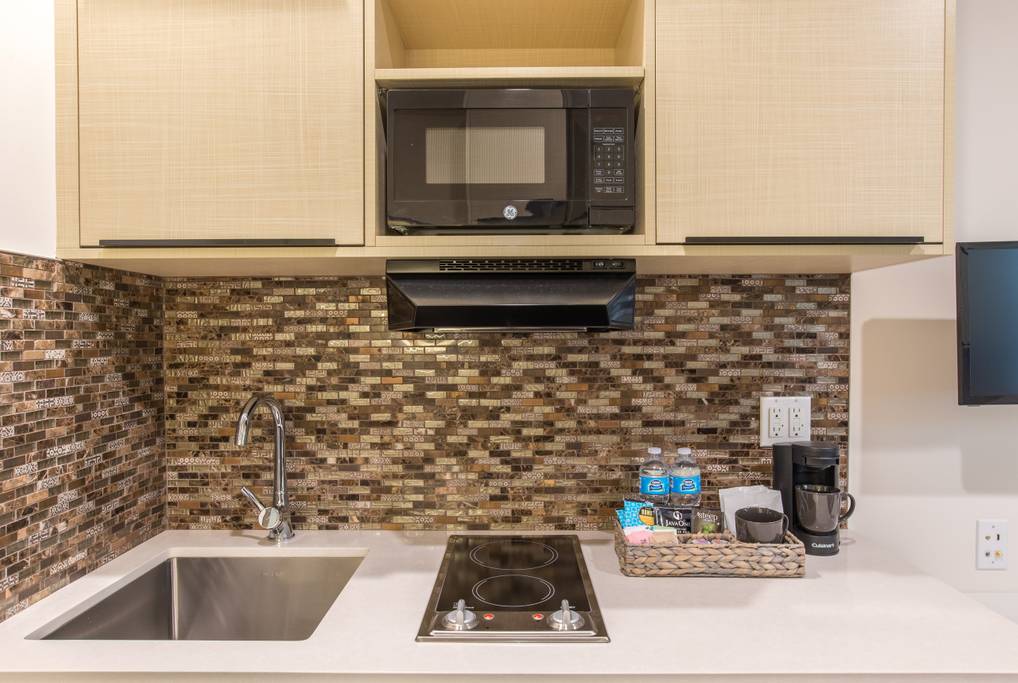

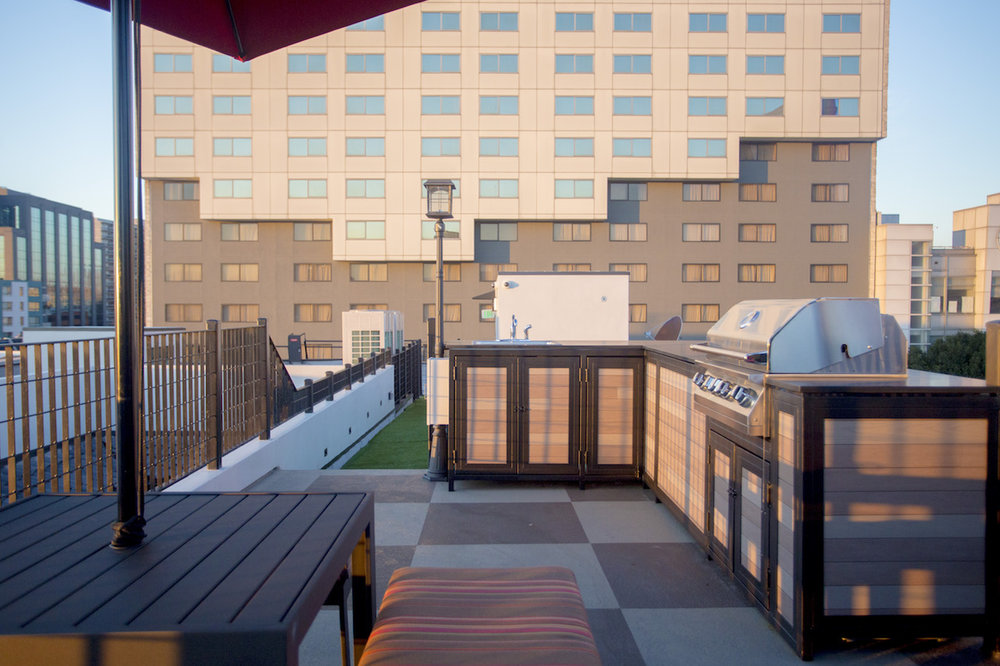
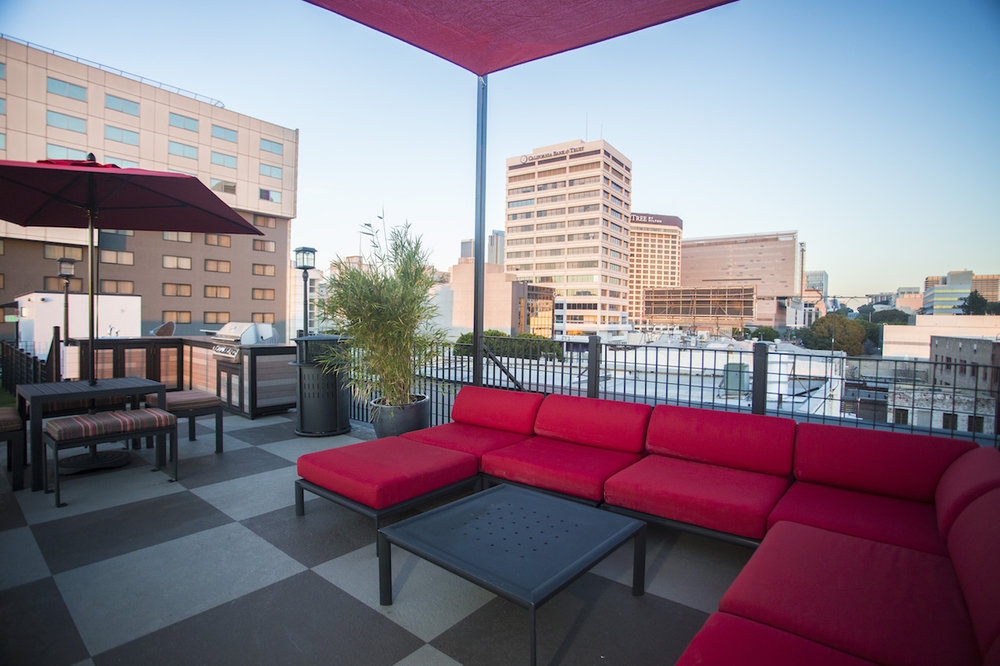
Mikado Little Tokyo
331 East 1st Street, Los Angeles, CA 90012
213.620.0680
Sources
Little Tokyo Micro Suite Rentals, Mikado Little Tokyo
Hoover High School Auditorium, Alfred F. Priest 1928; Flickr
Mikado Hotel Preserves a Slice of Little Tokyo History; First and Central, the JANM Blog
Little Tokyo Historic District; National Parks Service
Bronzeville Gypsy: How Charlie Parker Lit Up Little Tokyo; LA Downtown News
This Map Throws it Back to When Little Tokyo Was Bronzeville, Los Angeles Magazine
This Is What It Looks Like When An Entire Ethnic Community Is Forced to Relocate; Los Angeles Magazine
Rediscovering L.A.’s Lost Neighborhood of Bronzeville; Los Angeles Magazine






